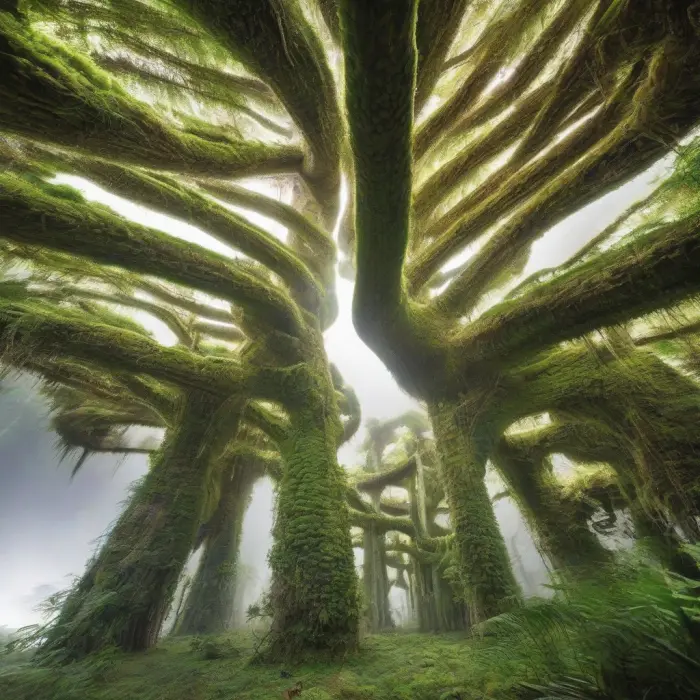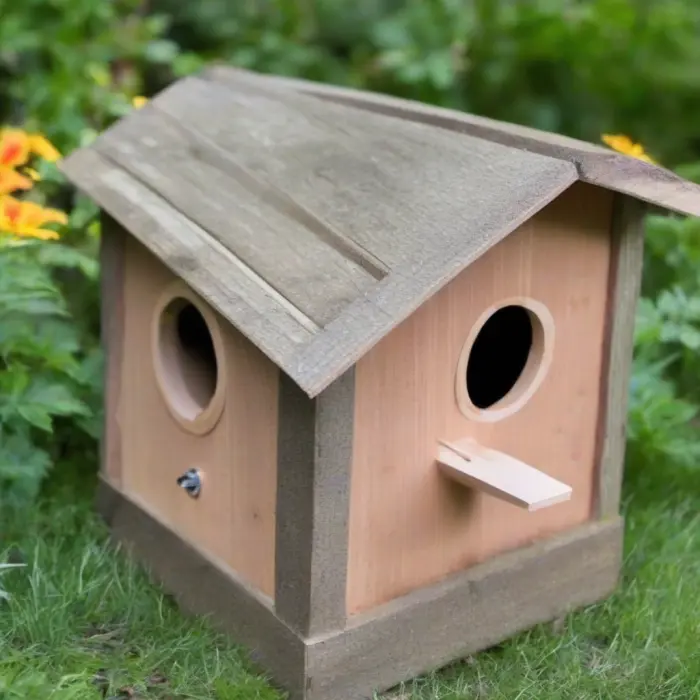Amazing Facts About the Diversity of Insects
Insects, the most diverse group of organisms on Earth, play a paramount role in maintaining the planet's ecosystem balance. They are the foundation of the food chain for many animals, aid in plant pollination, and speed the decomposition of organic material. Here are some fascinating facts that highlight the extraordinary diversity of insects.
Difference in Size and Shape
The size and shape of insects vary significantly. The smallest insect, the Fairyfly a type of wasp, measures a mere 0.15 mm in length. In contrast, the longest insect in the world is the Stick Insect with some species reaching up to 22 inches from end to end.
Versatile Adaptation
Insects have an incredible ability to adapt to different environments. They can be found in virtually every habitat, from the deepest caves to the highest mountains. Some insects, like the Water Scavenger Beetle, can survive underwater, while others, such as the Desert Locust, thrive in the hottest deserts.
Diversity in Diet
The diets of insects are as diverse as their species. Some insects are herbivores, feeding on plants. Others are predators, feeding on other insects or animals. Insects such as ants consume a varied diet consisting of both plants and prey. Remarkably, some insects like certain species of moths and beetles, thrive on clothes, papers, and other inorganic matter.
Unparalleled Biodiversity
The biodiversity within the insect kingdom is astounding. Their numbers are estimated to be around 10 quintillion (10,000,000,000,000,000,000). Consider this: for each human on Earth, there are 200 million insects! The variety of species is equally remarkable. Scientists believe there could be between 1 and 30 million species of insects - with only a fraction, about 1 million, that have been identified and described so far.
Exceptional Lifespan
Another exciting facet of insect diversity is lifespan. While many insects have a lifespan of just a few weeks or months, some species have an exceptionally long lifespan. For instance, the Queen Ant can live up to 30 years – one of the longest insect lifespans known.
Incredible Reproduction
The reproductive capability of insects is impressive. Queen bees, for example, can lay up to 2,000 eggs per day, while a termite queen can lay an egg every 2 seconds, resulting in up to 30,000 eggs per day! This staggering reproduction rate assists in maintaining the incredible diversity and survival of insect species.
In conclusion, the world of insects is incredibly diverse and fascinating. From their shapes and sizes to their adaptations and eating habits, insects are a marvel of evolution. Their enormous biodiversity plays a crucial role in the world's ecosystems, proving that even the tiniest creatures can have a profound impact on our planet.










